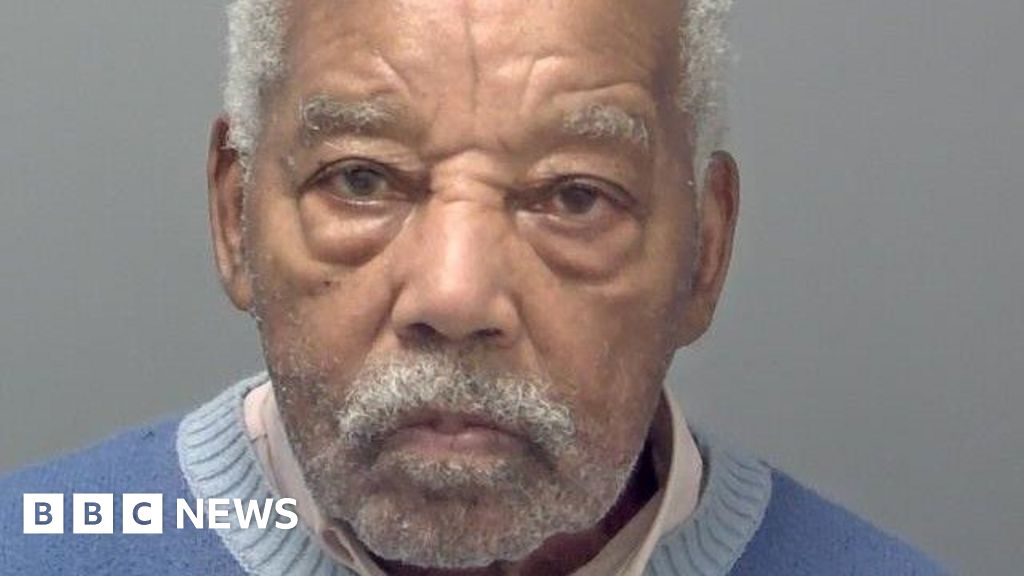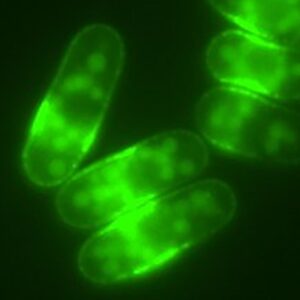
Ryland Headley, a 92-year-old man living in Ipswich, was arrested in November 2024 for the brutal murder of Louisa Dunne, a crime that had gone unsolved for nearly 58 years. Louisa Dunne, a 75-year-old resident of Easton, Bristol, was murdered in her home in 1967, a case that had perplexed detectives and haunted her community for decades.
The breakthrough in this cold case came when a combination of old-fashioned detective work and modern forensic science led to Headley’s conviction at Bristol Crown Court. The case has set a new record for the oldest solved cold case in the UK, demonstrating that justice can be served regardless of the passage of time.
The Crime That Shook a Community
Louisa Dunne was a well-known figure in her Easton neighborhood, where she lived alone after being widowed twice. Her violent death sent shockwaves through the community. On the morning of June 28, 1967, neighbors grew concerned when she failed to collect her daily newspaper. She was later found dead in her home, having been raped and strangled with her own scarf.
Initial investigations were exhaustive, with police collecting palm prints from 19,000 men and conducting 8,000 house-to-house inquiries. Despite these efforts, the killer remained elusive. The only forensic evidence was a partial palm print found on a window frame, which did not match any of the prints collected at the time.
A New Era of Forensic Science
The case remained unsolved for decades until a review in 2023 by Avon and Somerset Police’s major crime review team uncovered new DNA evidence. The team, led by investigator Joanne Smith, reexamined the preserved evidence, including Louisa Dunne’s clothing, which had been meticulously stored for over half a century.
Forensic scientist Andrew Parry from Cellmark Forensic Services played a pivotal role in linking the DNA found on Mrs. Dunne’s skirt to Ryland Headley. Parry’s analysis revealed a “billion times” likelihood that the DNA belonged to Headley, a match that provided the breakthrough investigators needed.
“The skirt had been hiding all these secrets for 57 years,” said Joanne Smith, reflecting on the discovery that finally led to Headley’s arrest.
Connecting the Dots
Headley’s criminal history included a series of rapes in Ipswich during the 1970s, but he had managed to evade capture for Louisa Dunne’s murder due to the lack of a national database at the time. His arrest in 2024 was facilitated by a comprehensive review of historical records and evidence, which confirmed his presence in Bristol at the time of the murder.
Ms. Smith and her team faced numerous challenges, including proving Headley’s residency in Bristol during the 1960s and gathering enough supporting evidence to secure a conviction. Their persistence paid off, leading to Headley’s arrest and subsequent conviction.
The Long Road to Justice
Ryland Headley showed little emotion during his arrest and trial. Despite his advanced age, the court proceedings painted a picture of a man who had inflicted terror on his victims. The conviction brings a sense of closure to Louisa Dunne’s family, who have waited nearly six decades for justice.
Headley is set to be sentenced on Tuesday, marking the end of a long and arduous journey for the investigators and the community that never forgot Louisa Dunne. The case serves as a testament to the enduring power of forensic science and the relentless pursuit of justice.
The resolution of this cold case underscores the importance of preserving evidence and the potential for modern technology to solve even the most challenging of crimes. As Joanne Smith aptly put it, “Murder and rape is the most horrific crime anyone can commit against another person, and time makes no difference for us. We will keep searching and searching.”







